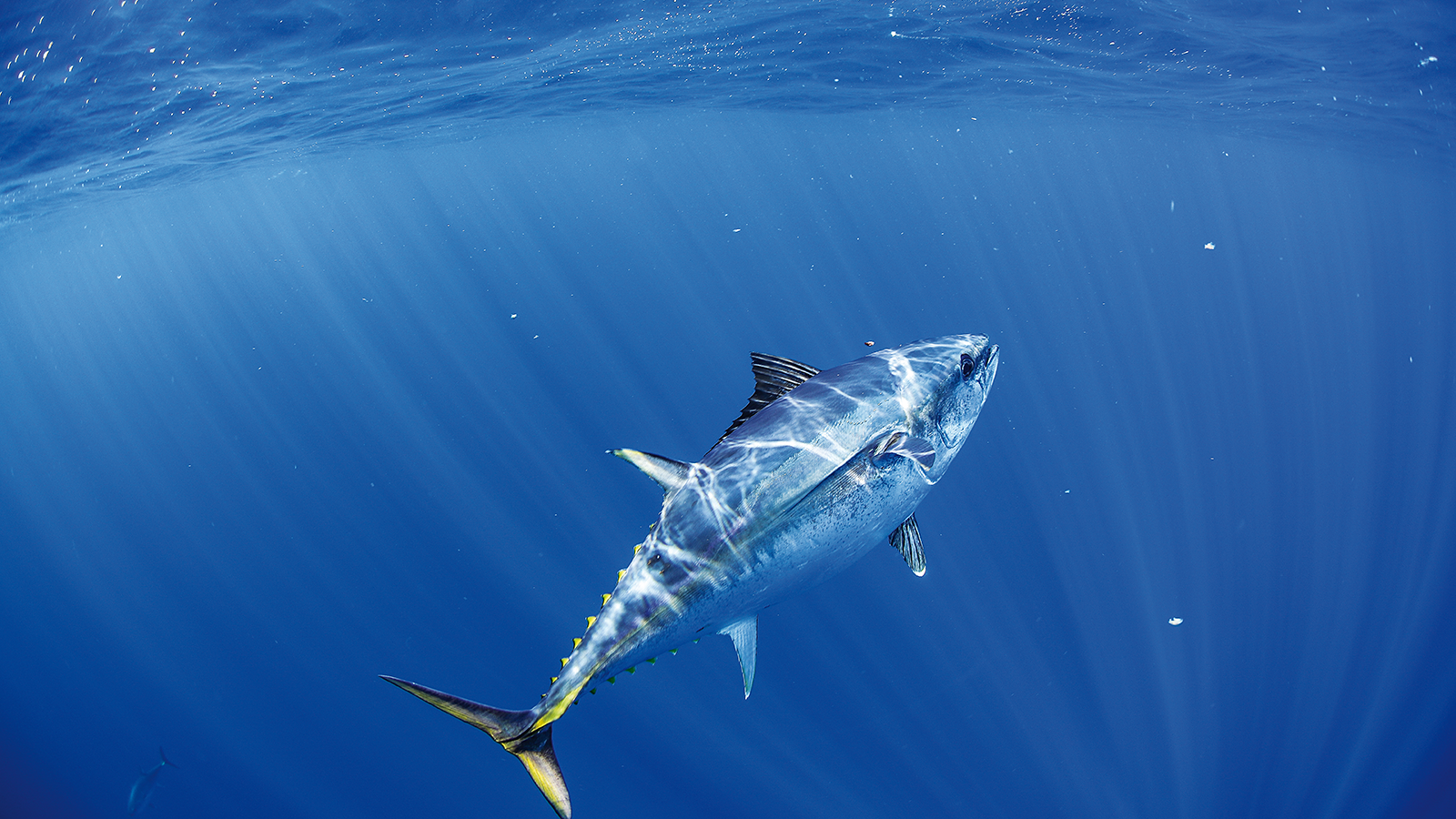There is a need for fisheries data on catch/effort across all fisheries to be centralised and visualised. Closures that restrict access to fish resources, particularly fishing hot spots, need to be explained. Fishery data for Queensland tends to be unavailable to the public and when accessed it is fishery-specific. For the public, the lack of available data on fishing distribution and limits to access has led to uninformed debate that erodes the social licence of fishing, particularly commercial fishing because it is assumed Industry is unregulated and protective measures are not in place.
Visualization and metadata information will centralize and make available Queensland-wide spatial data. Furthermore, there is a need for detailed background information to enhance the value of these data to researchers and public users: linked to provide historical perspective on the implementation of each Queensland closure and the sequence of change. For this initiative to succeed, we emphasise public access to all users.
In 2014, this project would be cost effective as it would integrate into an existing database: the CSIRO Australian Marine Resource Spatial Management Atlas. The Atlas will accumulate an Australia-wide coverage of marine spatial management and provide free infrastructure for a detailed state-orientated initiative.
A repository for these data will enable spatial visualisation and analysis of key data (Kitsiou et al. 2002, Rodriguez et al. 2009). This would be useful for mediating the impact of infrastructure placement in locations adjacent to high fishing effort and areas closed to fishing. Future researchers will use the data via GIS and spatial analyses to consider alternative spatial management options, test specific scientific hypotheses and evaluate performance of current management. Cumulatively, the creation or expansion of port facilities (for example) potentially affects the distribution of fishing effort along sections of the Queensland coast.





